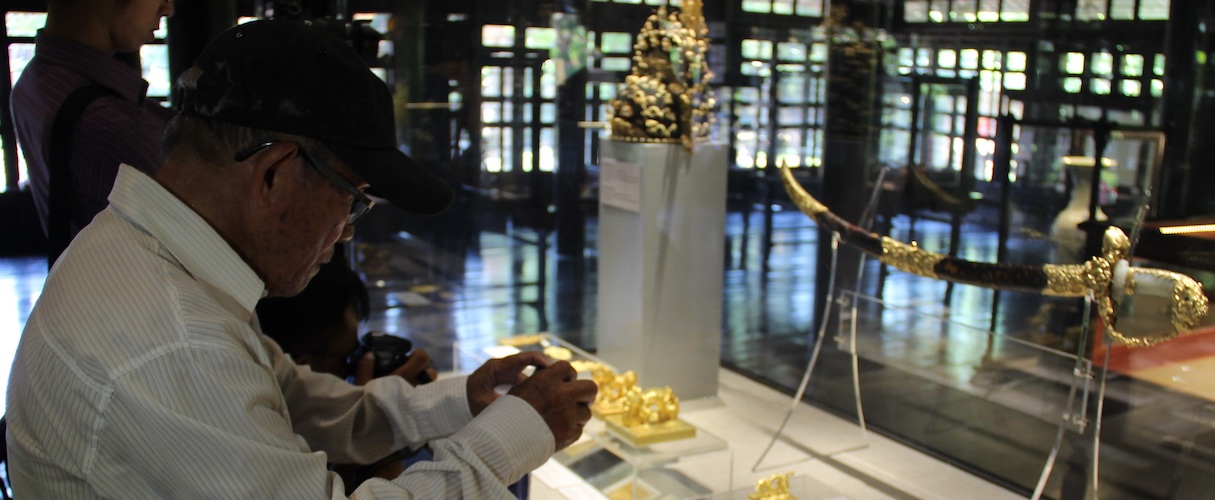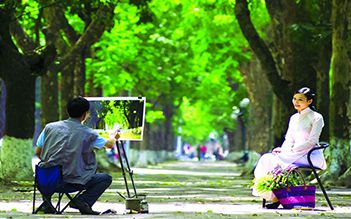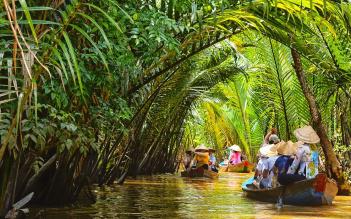Overview
Located in the Citadel, the Hue Royal Antiquities Museum is the earliest established museum in Hue, in 1923, with the first name of Musee 'Khai Dinh. After that, it was changed the name five times.
Before 1945, it was one of the most outstanding museums in Indochina and was known by many researchers around the world.
The museum campus is 6,330 square meters, including the main building in the middle with a surface area of 1,185m2 and some annexes used to store antiques and gardens. The main building - Long An Palace located in Bao Dinh Palace, was built in 1845 on the bank of Northern Ngu Ha.
In 1909, during the reign of King Duy Tan, the court moved Long An Palace to its current position to be the library of Quoc Tu Giam. Ancient people were very reasonable when using Long An Palace as a museum. It is a beautiful ironwood architecture, built in the style of unique architectural style of Hue. The palace is made in a "snail-like" style with 128 columns. Interior decoration is extremely rich in art and very elegant.
Most of the artifacts in this museum have been collected and stored since 1913 with nearly 10,000 units. They were crafted with a variety of materials such as gold, silver, copper, glass, earthenware, stone, wood, rattan, bamboo, leather and paper. Most of them are the royal clothes, the belongings of the imperial court, the royal family, and fine artworks that were exhibited in palaces at the Nguyen dynasty.
In addition to the exhibits, the museum also holds thousands of other artifacts produced and made by the court, or purchased from foreign countries, and donated by diplomatic missions. In this museum, there is another warehouse with more than 80 collected Cham artifacts in Chau O and Chau Ly areas.




